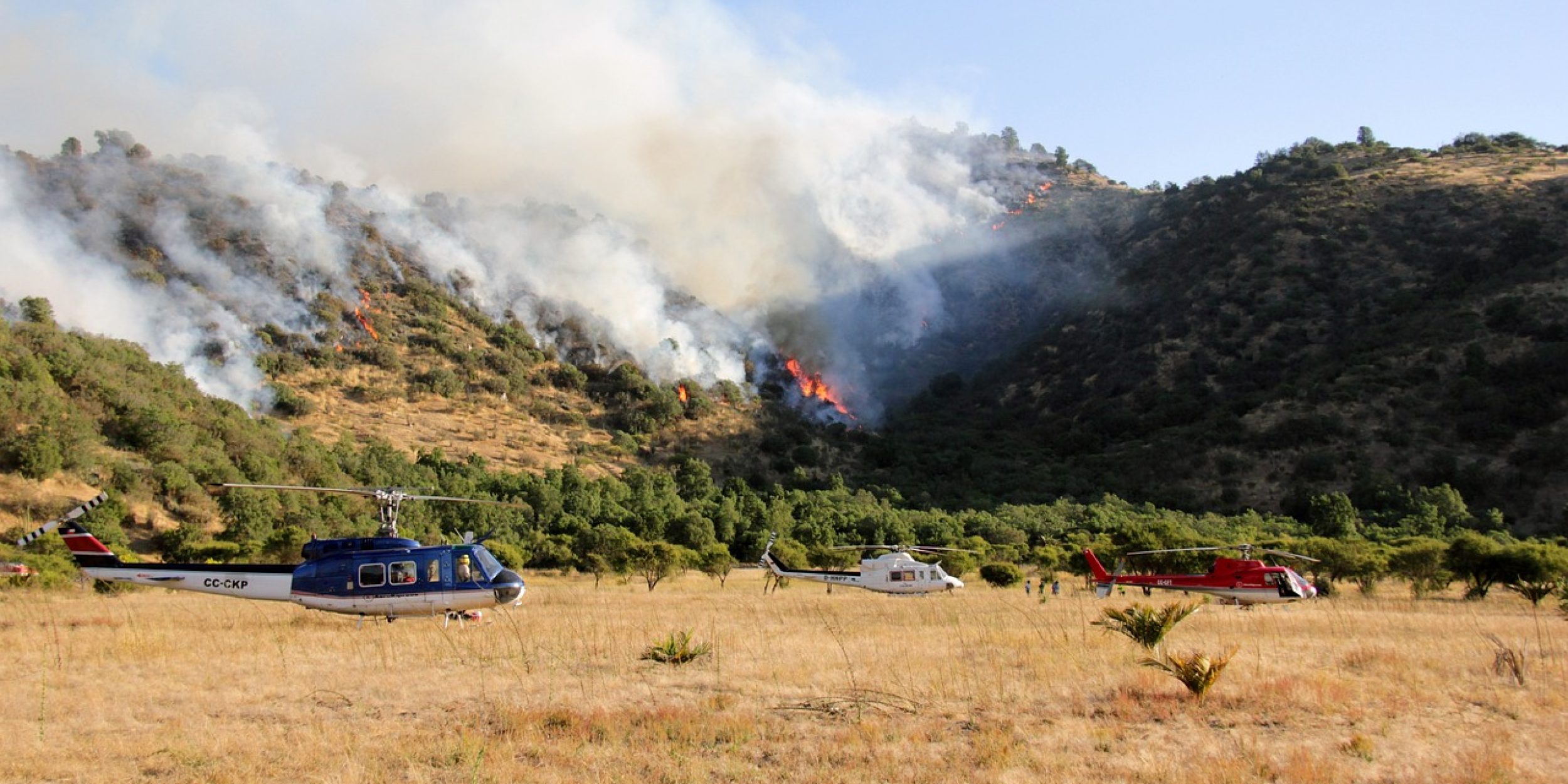The Climate Program Office’s Modeling, Analysis, Predictions, and Projections (MAPP) Program and National Integrated Drought Information System (NIDIS) supported a new study that addresses a dramatic forest fire increase in the American Southwest over the past 50 years. The capacity for moisture in the air usually increases with temperature, but humidity unexpectedly decreased in the southwest from 1970-2019, effectively drying the air during the summer forest fire season. The results, published in the Journal of Hydrometeorology, identify a decline in precipitation preceding the summer season as a key factor, leading to reduced soil moisture and evapotranspiration, highlighting the crucial role of atmospheric moisture content in shaping fire-prone conditions in the Southwest. The authors of this study included funded researchers Richard Seager, Isla Simpson, and Haibo Liu, who are supported by three different CPO grants to investigate factors influencing the evolution and severity of drought. This study builds on previously published research on this surprising moisture trend, and more specifically examines the drivers, identifying roles of vegetation in influencing wildfire risk.
The findings underscore the complex interplay between climate variables and their impact on fire risk in the Southwestern U.S. While warming is expected to increase atmospheric moisture content, the study reveals deviations from this expectation, particularly in arid regions like the Southwest. Understanding the mechanisms driving the observed decline in humidity is vital for accurately assessing and mitigating fire risks in the region. The study also highlights the need to investigate the broader implications of near-zero changes in specific humidity despite a warming atmosphere, emphasizing the importance of advancing our understanding of hydroclimate changes relevant to ecosystems in arid and semi-arid regions. This work and the future priorities laid out in the study will help scientists inform strategies for managing and adapting to the increasing threat of wildfires in the Southwest and similar regions worldwide.
For more information, contact Clara Deck.
Image credit: Pixabay



